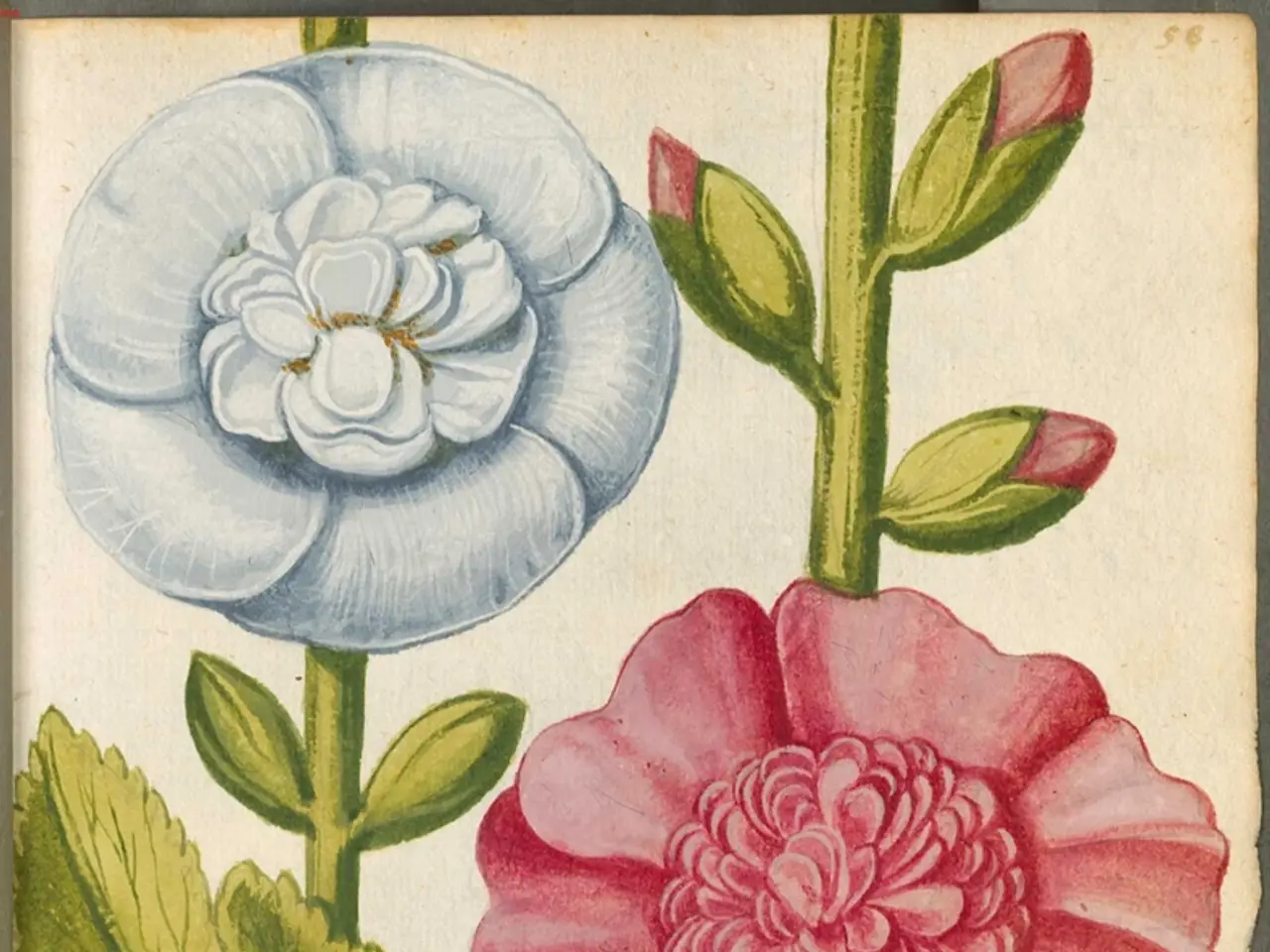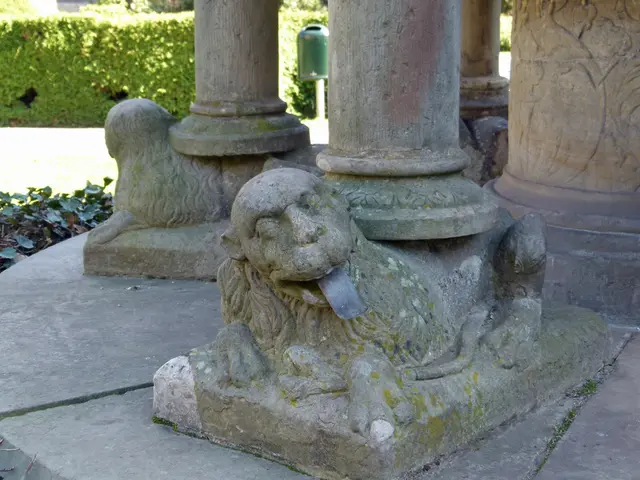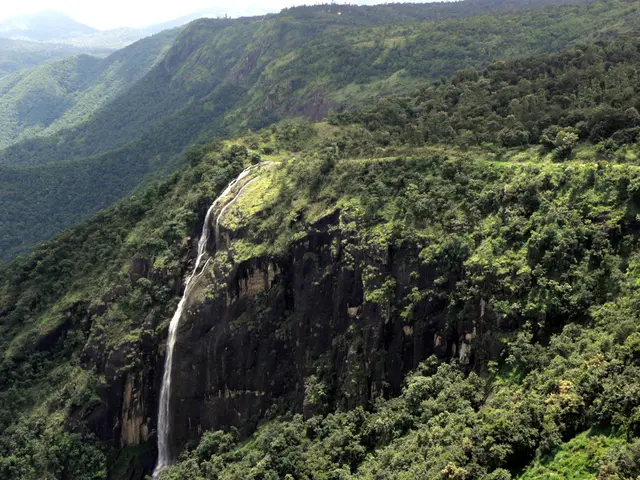Kangra Artworks: Timeless, Mythical Art Creations
In the heart of the picturesque Kangra Valley, nestled amidst the lower Himalayas, lies a treasure trove of artistic brilliance - the Kangra Paintings. These miniature masterpieces, a significant branch of the Pahari style of paintings, flourished between the 17th and 19th centuries under the patronage of Maharaja Sansar Chand and Raja Dalip Singh, the ruler of Guler.
Kangra Paintings are renowned for their delicate and lyrical style, often depicting scenes from Hindu mythology and literature, such as the Bhagavata Purana and the Gita Govinda. They are characterized by their emphasis on nature, with lush green landscapes that reflect the valley's breathtaking beauty. The paintings are known for their intricate details and the way they capture the subtleties of human emotions, particularly in depictions of love and romance.
Female figures, typically adorned in traditional attire, are a prominent feature in Kangra Paintings. These depictions were influenced by the Bhagavata face, a style characteristic of the early 18th-century Guler school. The paintings also show some influence from Mughal miniatures, particularly in portraiture and composition.
Dr. M. S Randhawa, a notable scholar, has dedicated his career to the study of Kangra Paintings. He has published several books on the subject, including "The Kangra Valley Paintings" and "The Krishna Legend". Another of his works, "The Krishna Legend", delves deep into one of the most popular themes in Kangra Paintings - the Radha-Krishna Legend.
The artists of Kangra Paintings primarily used natural organic colors, resulting in a vibrant color scheme that includes bright colors such as deep yellow, intense red, and hues of green.
As these priceless works of art face the threats of decay and loss of traditional techniques, efforts are being made to preserve them. Museums and art institutions in India are actively involved in conserving and restoring Kangra Paintings to ensure their longevity and cultural relevance. Exhibitions and documentation projects help raise awareness about their historical significance and artistic value.
Moreover, efforts are being made to revive traditional painting techniques and pigment-making to preserve the authenticity of these artworks. Art schools and workshops offer training in traditional painting techniques, ensuring that the next generation of artists can continue to contribute to this rich cultural heritage.
The preservation of Kangra Paintings is crucial to maintaining their cultural significance and aesthetic value, not just for their historical importance but also for their contribution to India's rich artistic heritage. These enchanting paintings continue to captivate audiences worldwide, offering a glimpse into a bygone era of artistic brilliance.
- Beyond the realms of Kangra Paintings, one can explore various aspects of lifestyle, such as fashion-and-beauty, food-and-drink, home-and-garden through numerous publications and workshops.
- For travel enthusiasts, venturing to historic sites showcasing Kangra Paintings in India can offer an educational experience, blending travel and education-and-self-development.
- Moreover, the revival of traditional Kangra Paintings techniques can be equated to learning about intricate fashion trends and artistic movements from different eras, making it an intriguing subject for both artists and history buffs alike.




